
How to sanitise and disinfect toothbrush heads (2025) - Dr. Jack Pinnar-Smith
To maintain optimum oral health, brushing teeth is a daily routine practiced across the globe. Yet, how often do we stop to think about the cleanliness of the tool we use for this vital task? Here's a comprehensive guide on how to sanitise and disinfect toothbrush heads, ensuring every brushing session is as hygienic as it can be.
Why You Should Clean Your Toothbrush Head
Our mouth hosts a myriad of microbes, and while some are beneficial, others can lead to tooth decay, gum disease, and bad breath. When we brush, these bacteria transfer onto the toothbrush head and can multiply over time, exposing us to these harmful organisms whenever we brush. Additionally, if you’ve been ill recently, your toothbrush can become a breeding ground for the germs that made you sick. Therefore, it's crucial to sanitise and disinfect toothbrush heads regularly.
Disinfect Your Toothbrush Head with a Dental Pod
One of the most effective ways to sanitise your toothbrush head is to use Dental Pod.
The Dental Pod utilises high-frequency sound waves to generate microscopic bubbles in a liquid solution. When these bubbles collapse, they produce a powerful, yet gentle scrubbing action on the toothbrush head's surface. This process, known as cavitation, effectively removes bacteria, germs, and microscopic debris, ensuring a thoroughly clean and disinfected toothbrush.
The Dental pod is not just effective but also convenient. All you need to do is fill the device with water, place the toothbrush head inside, and let the device do the work.
Other Ways to Disinfect Toothbrush Heads
If you don't have a Dental Pod, there are other common household items that you can consider:
-
Hydrogen Peroxide: Soak the toothbrush head in a glass filled with enough hydrogen peroxide to cover the bristles. Let it soak for a few minutes, rinse thoroughly with water before using it again. However, it's important to note that hydrogen peroxide is a potent oxidizer and if not completely rinsed off, it can lead to gum irritation or other oral discomfort, underscoring the importance of a thorough rinse after soaking.
-
Antibacterial Mouthwash: You can soak the toothbrush head in mouthwash for a couple of minutes. While this method has an effect, using the Dental Pod is superior because it can reach and clean areas that may be inaccessible during soaking, providing a more comprehensive and efficient disinfection process.
Tips to Keep your Toothbrush Head Clean
Alongside regular disinfection with the Dental Pod, here are some other practices that can help maintain the cleanliness of your toothbrush head:
- Rinse with Hot Water: After use, thoroughly rinse the toothbrush head under hot tap water to remove remaining toothpaste and debris.
- Store Properly: Keep toothbrush heads away from the toilet to prevent exposure to airborne bacteria released after flushing. Also, avoid storing toothbrush heads side by side to prevent cross-contamination.
- Do Not Share: Toothbrush heads are personal items. Sharing can lead to exchange of bodily fluids and microorganisms, increasing the risk of infections.
- Replace Regularly: Even with the best cleaning efforts, it's crucial to replace toothbrush heads every three to four months.
Frequently Asked Questions
-
Does hot water disinfect a toothbrush head? Hot water is excellent for removing debris and toothpaste from your toothbrush, but it's not sufficient to fully disinfect it.
-
Can you disinfect a toothbrush with soap? While soap can aid in cleaning the toothbrush, it's not recommended as it may leave residues which can be ingested later.
-
Does baking soda disinfect toothbrush? Baking soda can help clean toothbrushes but doesn't have strong disinfectant properties.
In conclusion, cleaning your toothbrush should be as routine as brushing your teeth. Regular sanitising using the Dental Pod, can significantly reduce the risk of bacterial build-up, ensuring your toothbrush head is safe and effective for each use.

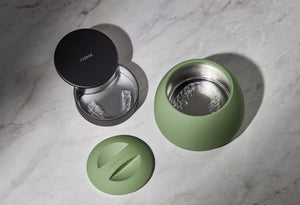
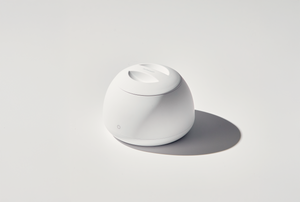
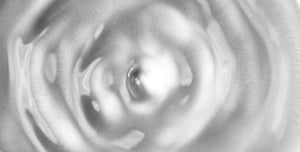
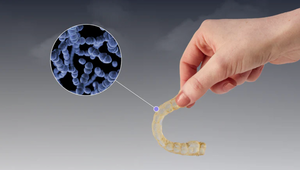
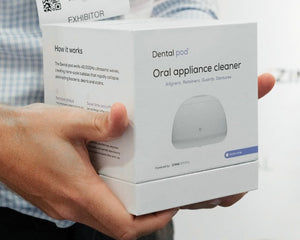
Leave a Comment